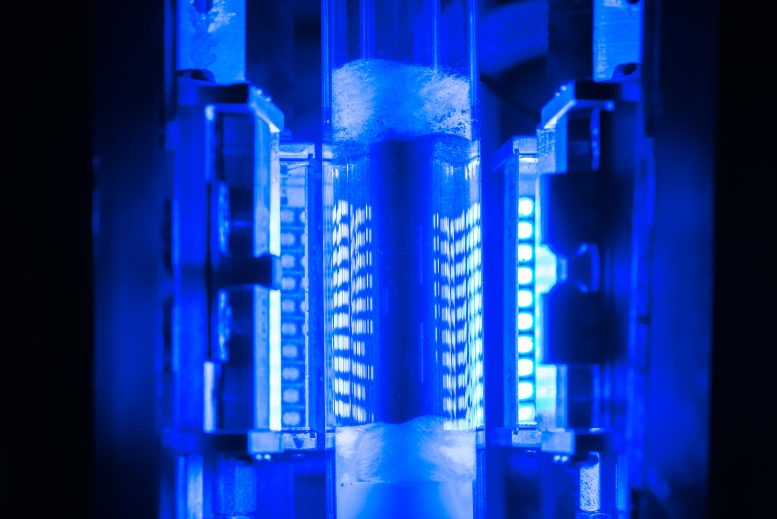
A reaction cell tests copper-iron plasmonic photocatalysts for hydrogen production from ammonia. Credit: Brandon Martin/Rice University
Inexpensive catalyst uses energy from light to turn ammonia into hydrogen fuel.
A key light-activated nanomaterial for the hydrogen economy has been engineered by researchers at Rice University. Using only inexpensive raw materials, scientists created a scalable catalyst that needs only the power of light to convert ammonia into clean-burning hydrogen fuel.
“This discovery paves the way for sustainable, low-cost hydrogen that could be produced locally rather than in massive centralized plants.” — Peter Nordlander
The research, which was published on November 24 in the journal Science, was conducted by a team from Rice’s Laboratory for Nanophotonics, Syzygy Plasmonics Inc., and Princeton University’s Andlinger Center for Energy and the Environment.
Recent government and industry investments to create infrastructure and markets for carbon-free liquid ammonia fuel that will not contribute to greenhouse warming synergize nicely with this research. Because it is easy to transport and packs a lot of energy, with one nitrogen and three hydrogen atoms per molecule, liquid ammonia is a promising clean fuel of the future.
The new catalyst breaks those ammonia molecules (NH3) into hydrogen gas (H2), a clean-burning fuel, and nitrogen gas (N2), the largest component of Earth’s atmosphere. And unlike traditional catalysts, it doesn’t require heat. Instead, it harvests energy from light, either sunlight or energy-efficient LEDs.
The pace of chemical reactions typically increases with temperature, and chemical producers have capitalized on this for more than a century by applying heat on an industrial scale. The burning of fossil fuels to raise the temperature of large reaction vessels by hundreds or thousands of degrees results in an enormous carbon footprint. Chemical producers also spend billions of dollars each year on thermocatalysts — materials that don’t react but further speed reactions under intense heating.
“Transition metals like iron are typically poor thermocatalysts,” said study co-author Naomi Halas of Rice University. “This work shows they can be efficient plasmonic photocatalysts. It also demonstrates that photocatalysis can be efficiently performed with inexpensive LED photon sources.”
“This discovery paves the way for sustainable, low-cost hydrogen that could be produced locally rather than in massive centralized plants,” said Peter Nordlander, also a Rice co-author.
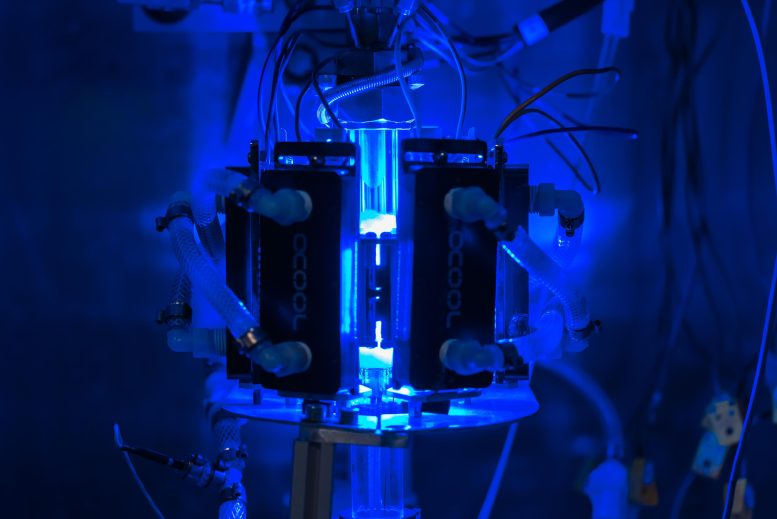
The photocatalytic platform used on tests of copper-iron plasmonic photocatalysts for hydrogen production from ammonia. Credit: Photo by Brandon Martin/Rice University
The best thermocatalysts are made from platinum and related precious metals like palladium, rhodium, and ruthenium. Halas and Nordlander spent years developing light-activated, or plasmonic, metal nanoparticles. The best of these are also typically made with precious metals like silver and gold.
Following their 2011 discovery of plasmonic particles that give off short-lived, high-energy electrons called “hot carriers,” they discovered in 2016 that hot-carrier generators could be married with catalytic particles to produce hybrid “antenna-reactors,” where one part harvested energy from light and the other part used the energy to drive chemical reactions with surgical precision.
Halas, Nordlander, their students and collaborators have worked for years to find non-precious metal alternatives for both the energy-harvesting and reaction-speeding halves of antenna reactors. The new study is a culmination of that work. In it, Halas, Nordlander, Rice University alumnus Hossein Robatjazi, Princeton engineer and physical chemist Emily Carter, and others show that antenna-reactor particles made of copper and iron are highly efficient at converting ammonia. The copper, energy-harvesting piece of the particles captures energy from visible light.
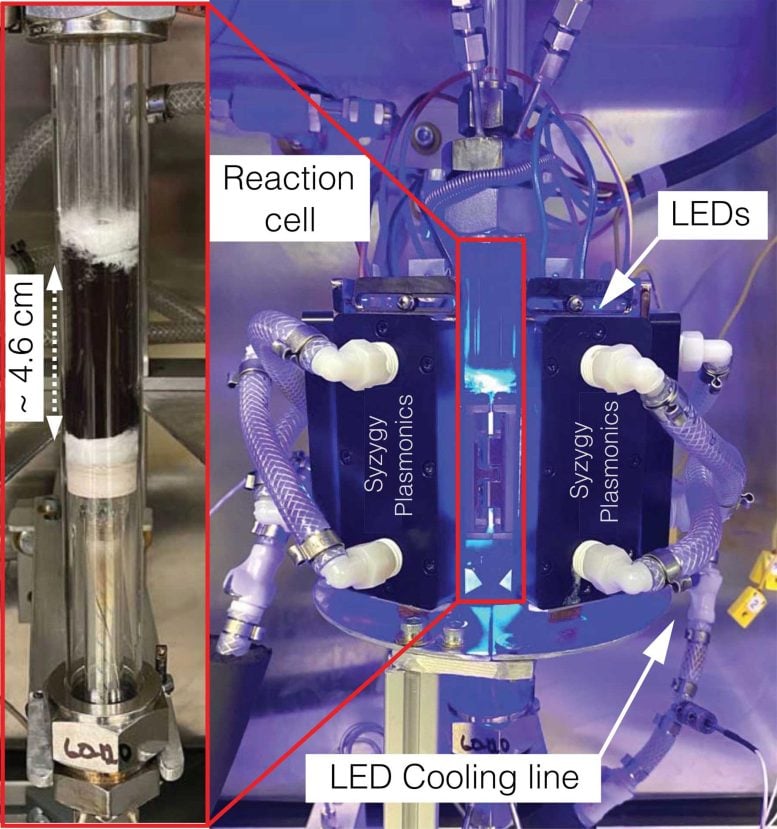
A reaction cell (left) and the photocatalytic platform (right) used on tests of copper-iron plasmonic photocatalysts for hydrogen production from ammonia at Syzygy Plasmonics in Houston. All reaction energy for the catalysis came from LEDs that produced light with a wavelength of 470 nanometers. Credit: Syzygy Plasmonics, Inc.
“In the absence of light, the copper-iron catalyst exhibited about 300 times lower reactivity than copper-ruthenium catalysts, which is not surprising given that ruthenium is a better thermocatalyst for this reaction,” said Robatjazi, a Ph.D. alumnus from Halas’ research group who is now chief scientist at Houston-based Syzygy Plasmonics. “Under illumination, the copper-iron showed efficiencies and reactivities that were similar to and comparable with those of copper-ruthenium.
Syzygy has licensed Rice’s antenna-reactor technology, and the study included scaled-up tests of the catalyst in the company’s commercially available, LED-powered reactors. In laboratory tests at Rice University, the copper-iron catalysts had been illuminated with lasers. The Syzygy tests showed the catalysts retained their efficiency under LED illumination and at a scale 500 times larger than the lab setup.
“This is the first report in the scientific literature to show that photocatalysis with LEDs can produce gram-scale quantities of hydrogen gas from ammonia,” Halas said. “This opens the door to entirely replace precious metals in plasmonic photocatalysis.”
“Given their potential for significantly reducing chemical sector carbon emissions, plasmonic antenna-reactor photocatalysts are worthy of further study,” Carter added. “These results are a great motivator. They suggest it is likely that other combinations of abundant metals could be used as cost-effective catalysts for a wide range of chemical reactions.”
Reference: “Earth-abundant photocatalyst for H2 generation from NH3 with light-emitting diode illumination” by Yigao Yuan, Linan Zhou, Hossein Robatjazi, Junwei Lucas Bao, Jingyi Zhou, Aaron Bayles, Lin Yuan, Minghe Lou, Minhan Lou, Suman Khatiwada, Emily A. Carter, Peter Nordlander and Naomi J. Halas, 24 November 2022, Science.
DOI: 10.1126/science.abn5636
Halas is Rice’s Stanley C. Moore Professor of Electrical and Computer Engineering and a professor of chemistry, bioengineering, physics and astronomy, and materials science and nanoengineering. Nordlander is Rice’s Wiess Chair and Professor of Physics and Astronomy, and professor of electrical and computer engineering, and materials science and nanoengineering. Carter is Princeton’s Gerhard R. Andlinger Professor in Energy and Environment at the Andlinger Center for Energy and the Environment, senior strategic adviser for sustainability science at the Princeton Plasma Physics Laboratory, and professor of mechanical and aerospace engineering and of applied and computational mathematics. Robatjazi is also an adjunct professor of chemistry at Rice.
Additional co-authors include Yigao Yuan, Jingyi Zhou, Aaron Bayles, Lin Yuan, Minghe Lou and Minhan Lou of Rice, Linan Zhou of both Rice and South China University of Technology, Suman Khatiwada of Syzygy Plasmonics, and Junwei Lucas Bao of both Princeton and Boston College.
Halas and Nordlander are Syzygy co-founders and hold an equity stake in the company.
The research was supported by the Welch Foundation (C-1220, C-1222), the Air Force Office of Scientific Research (FA9550-15-1-0022), Syzygy Plasmonics, the Department of Defense and Princeton University.

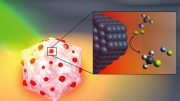
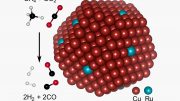


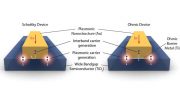
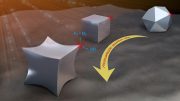
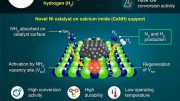

“This discovery paves the way for sustainable, low-cost hydrogen that could be produced locally rather than in massive centralized plants.”
It’s one small paving stone. It needs light to split ammonia. Delivering that ammonia takes energy, making that ammonia from hydrogen takes energy, splitting water to make the hydrogen takes energy. All these steps have to be powered by green electricity, all will require $billions in investments. Instead the end user can directly use LESS green electricity and skip this expensive convoluted process, and that’s what will happen for heating, most transportation, and many industrial processes. Electrification powered by renewable energy will continue to dwarf all the Hydrogen Economy hype.